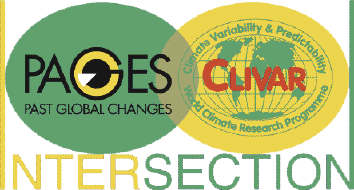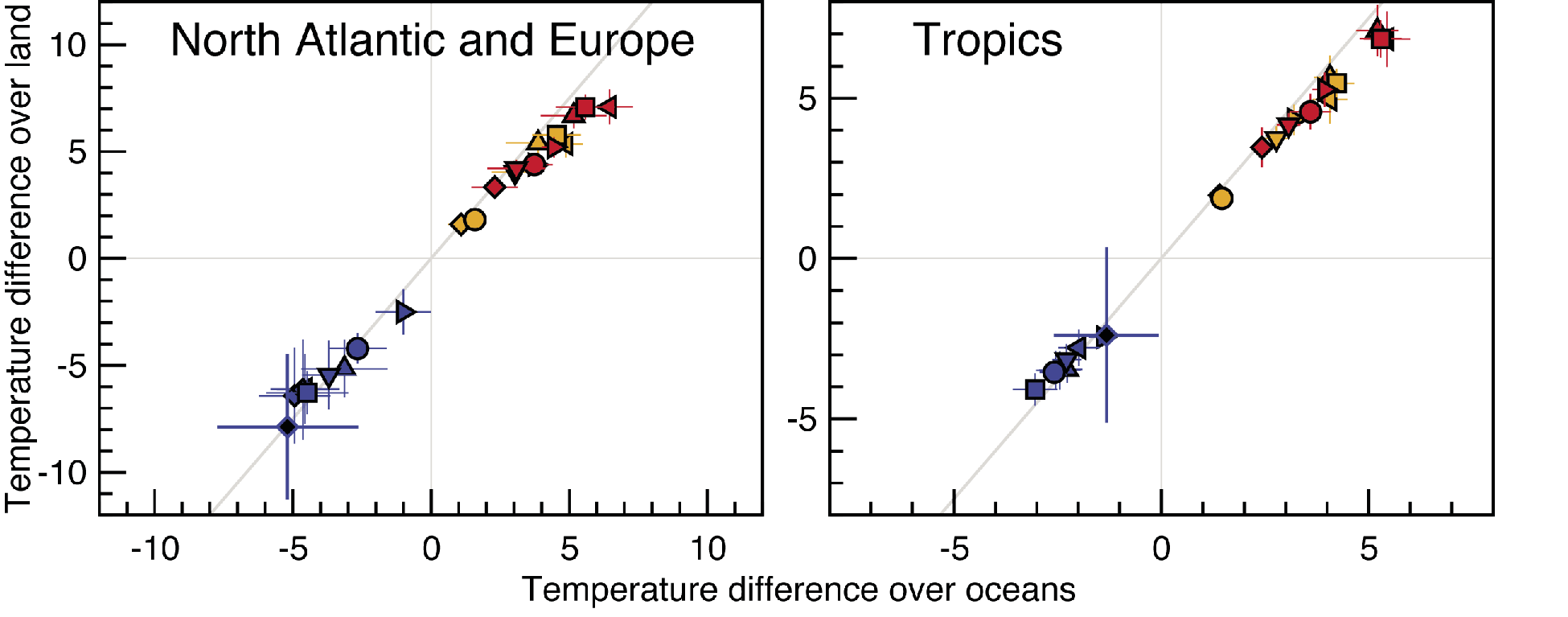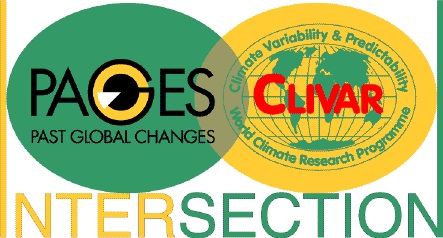- Home
- Publications
- PAGES Magazine
- Using Paleo-climate Model/data Comparisons To Constrain Future Projections
Using paleo-climate model/data comparisons to constrain future projections
Gavin A. Schmidt, E. Guilyardi, M. Kageyama, M.E. Mann, V. Masson-Delmotte and A. Timmermann
PAGES news
20(2)
101
2012
 |
Gavin A. Schmidt1, E. Guilyardi2,3, M. Kageyama4, M.E. Mann5, V. Masson-Delmotte4 and A. Timmermann6
1NASA Goddard Institute for Space Studies, New York, USA; Gavin.A.Schmidt nasa.gov
nasa.gov
2Laboratoire d’Océanographie et du Climat, Institut Pierre Simon Laplace, Paris, France
3Department of Meteorology, University of Reading, UK
4Laboratoire des Sciences du Climat et de l’Environnement, Institut Pierre Simon Laplace, Gif-sur-Yvette, France
5Department of Meteorology, Pennsylvania State University, USA
6Department of Oceanography, University of Hawaii, Honolulu, USA
PAGES-CLIVAR Workshop, Honolulu, Hawaii, 1-3 March 2012
The Bishop Museum in Honolulu, Hawaii, provided a picturesque backdrop to the PAGES-CLIVAR Intersection Panel workshop. The main objective of the workshop was to bring together modelers, theoreticians and paleoclimatologists to commence analysis of results from Phase 5 of the Coupled Model Intercomparison Project (CMIP5) simulation database. The CMIP5 project is a community-wide effort to provide standard protocols for climate model simulations covering the historical instrumental period, future projections and a number of idealized simulations to aid the understanding, detection and attribution of climate change. Significantly, and for the first time, there is a concurrent paleoclimate component, in collaboration with the Paleoclimate Modelling Intercomparison Project Phase 3: PMIP3, that uses the same models for three specific experiments covering the Last Glacial Maximum (LGM, 20 ka ago), the Mid-Holocene (MH, 6 ka ago) and the Last Millennium (a transient simulation from 850 to 1850 AD; Taylor et al. 2012).
Comparisons of paleoclimate simulations and proxy observation have a long history via earlier incarnations of PMIP and many individual studies, which motivated comprehensive data syntheses. However, it has been a challenge to quantitatively link the future simulations with skill or sensitivity in the paleoclimate simulations. There are a number of reasons for this, not least because paleo-simulations were often not performed with the same models being used for future projections and through a lack of suitable paleoclimate metrics; predominantly large scale syntheses of the proxy data. The workshop focused specifically on this missing step – to make the quantitative connections, so that paleo-climate can become demonstrably useful for constraining future projections.
The workshop began with a comprehensive discussion on the nature of the multi-model ensemble of opportunity and the techniques available for assessing model skill. The evidence indicates that the current models don’t differ in kind from previous efforts (and so previous work can be analyzed in the same framework) and that there is sufficient reason to expect that, particularly for the LGM, the model spread likely encompasses the observations. However, it was widely acknowledged that it is challenging to find diagnostics of the models which can be compared to paleoclimate observations and that also correlate to model projections of the future. The remainder of the workshop was focused on specific uncertainties highlighted in IPCC AR4 for which there are some clear indications that paleo-climate might help. These included patterns of regional rainfall, temperature seasonality, climate sensitivity, ocean-atmosphere modes in the tropical Pacific, the response of the North Atlantic Meridional Circulation, and spectra of climate variability.
Assessments of climate sensitivity using the LGM are very promising, with a large increase in available and relevant simulations over PMIP2. In the preliminary data there appears to be a correlation of verifiable temperature patterns at the LGM to future projections (Fig. 1). Large-scale changes in rainfall patterns are also very promising targets, with a clear coherence of tropical rainband shifts in latitude as a function of equatorial SST gradients across all the model simulations. Ocean circulation metrics – whether for the overturning circulation or the spectral character of tropical Pacific ocean-atmosphere dynamics including El Niño/Southern Oscillation – are not quite at the same stage due to a lack of sufficiently constraining proxies, and continuing uncertainty of the sampling biases arising from the short time over which modern observations have been collected.

Figure 1: Preliminary results from the CMIP5 archive showing the multi-model ensemble for temperature differences at the LGM and in idealized increased CO2 experiments. Left-hand panel shows the robust relationship between the North Atlantic and European ocean and land temperatures in both cold and warm climates (using an average of the simulation data over points only where there are observations). Right hand panel shows equivalent results for the Tropics. The blue crosses indicate the results (with uncertainties) from the observational data syntheses from the LGM. Red and yellow symbols show the CMIP5 model results. Figure courtesy of Masa Kageyama.
Participants at the workshop are working on a full white paper describing the approaches that can be taken and highlighting the preliminary results, but one conclusion is already clear: paleo-climate simulations have come of age as part of the suite of evaluations any model must undergo.
references
Taylor KE, Stouffer RJ, Meehl GA (2012) Bulletin of the American Meteorological Society 93: 485-498
